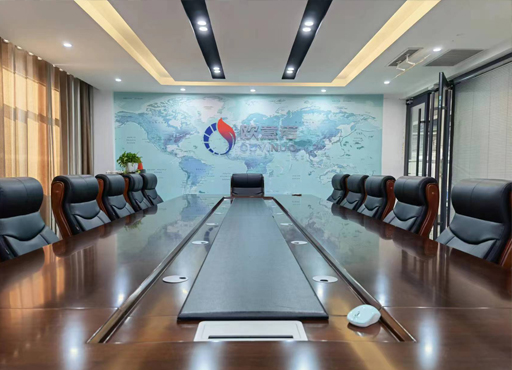
Aug . 16, 2024 23:10
Back to list
Pressure Regulating System for Efficient Fluid Control and Safety Management
Understanding Pressure Reducing Devices Functionality and Importance
Pressure reducing devices are critical components used across various industries to manage and control the pressure of fluids, often in gas or liquid pipelines. These devices play a pivotal role in ensuring safety, efficiency, and reliability in systems that operate under high pressure. As industries evolve and the demand for technological advancements increases, the importance and complexity of pressure reducing devices have also grown.
What is a Pressure Reducing Device?
At its core, a pressure reducing device serves to lower the pressure of a fluid coming from a higher-pressure source to a desired lower output pressure. The primary purpose is to maintain a consistent pressure level, regardless of fluctuations in input pressure or varying demands from downstream processes. Common types of pressure reducing devices include pressure regulators, valves, and control systems that actively monitor and adjust pressure levels.
How They Work
Pressure reducing devices typically utilize a combination of mechanical and electronic components to achieve their function. A conventional pressure regulator, for example, consists of a spring-loaded valve that opens or closes based on the downstream pressure. When the downstream pressure drops below the set point, the valve opens to allow more fluid to flow through, reducing pressure. Conversely, if the pressure exceeds the set point, the valve closes to restrict flow.
In modern applications, electronic pressure control systems have emerged, incorporating sensors and automated controls that dynamically adjust the pressure based on real-time data. This not only improves accuracy but also enhances efficiency, ensuring optimal performance without excessive energy expenditure.
Applications Across Industries
pressure reducing device

The applications of pressure reducing devices are vast and diverse. In the natural gas industry, they are essential in regulating the distribution of gas from high-pressure pipelines to residential and commercial buildings. Similarly, in water supply systems, pressure reducing valves help maintain safe operating pressures to prevent pipe bursts and leaks.
In the manufacturing sector, pressure regulation is crucial for processes such as chemical production, where precise pressure control can affect product quality. Additionally, in the pharmaceutical industry, maintaining specific pressure levels is vital for the integrity of sterile environments and processes.
Why Pressure Reducing Devices Matter
The significance of pressure reducing devices cannot be overstated. They improve safety by preventing over-pressurization, which can lead to catastrophic failures, equipment damage, or hazardous leaks. By managing pressure effectively, these devices also contribute to energy efficiency—operating systems at optimal pressures minimizes energy consumption and reduces the carbon footprint of industrial processes.
Moreover, compliance with regulatory standards is another critical reason for the implementation of pressure reducing devices. Many industries face stringent regulations regarding pressure management, and non-compliance can result in hefty penalties or operational shutdowns.
Conclusion
In conclusion, pressure reducing devices are essential tools in modern engineering and industrial practices. Their ability to control and manage pressure not only enhances operational efficiency and safety but also plays a crucial role in meeting environmental and regulatory standards. As technology continues to advance, the features and functionalities of these devices will likely evolve, driving further innovation in how industries approach fluid pressure management. Understanding their significance is key for professionals in various fields, ensuring that systems operate efficiently and safely in an increasingly complex industrial landscape.
Latest news
-
Safety Valve Spring-Loaded Design Overpressure ProtectionNewsJul.25,2025
-
Precision Voltage Regulator AC5 Accuracy Grade PerformanceNewsJul.25,2025
-
Natural Gas Pressure Regulating Skid Industrial Pipeline ApplicationsNewsJul.25,2025
-
Natural Gas Filter Stainless Steel Mesh Element DesignNewsJul.25,2025
-
Gas Pressure Regulator Valve Direct-Acting Spring-Loaded DesignNewsJul.25,2025
-
Decompression Equipment Multi-Stage Heat Exchange System DesignNewsJul.25,2025

